The milk temperature is too high. Good milk froth can only be achieved with cold milk (< 10 °C).
Check the temperature of the milk.

The milk sputters when it is dispensed. Although the milk should be frothed, only hot milk comes out of the central spout. Hissing noises may be heard when milk is being heated up or frothed (CM 6x60 countertop coffee machine).
Check the temperature of the milk.
Use a different type of milk. Using cold cow’s milk (< 10 °C) with a protein content of at least 3 % will produce the perfect milk froth.
Check whether the milk pipework is correctly inserted on the central spout:
Push the central spout right down and remove the stainless steel cover by pulling it off towards you.
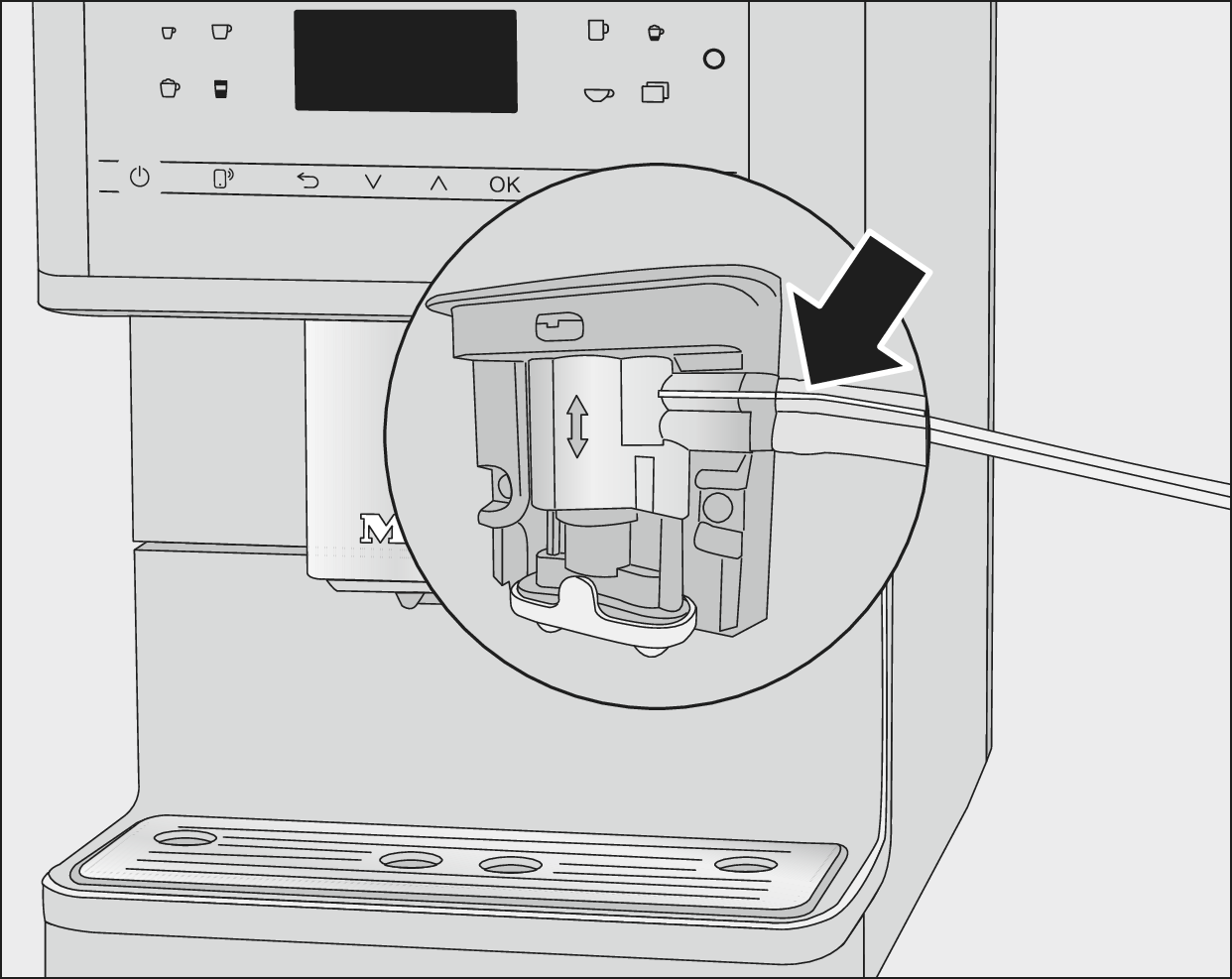
Make sure that the seam on the connection of the central spout matches the seam on the connecting piece of the milk pipework (double hose at CM 6XXX).
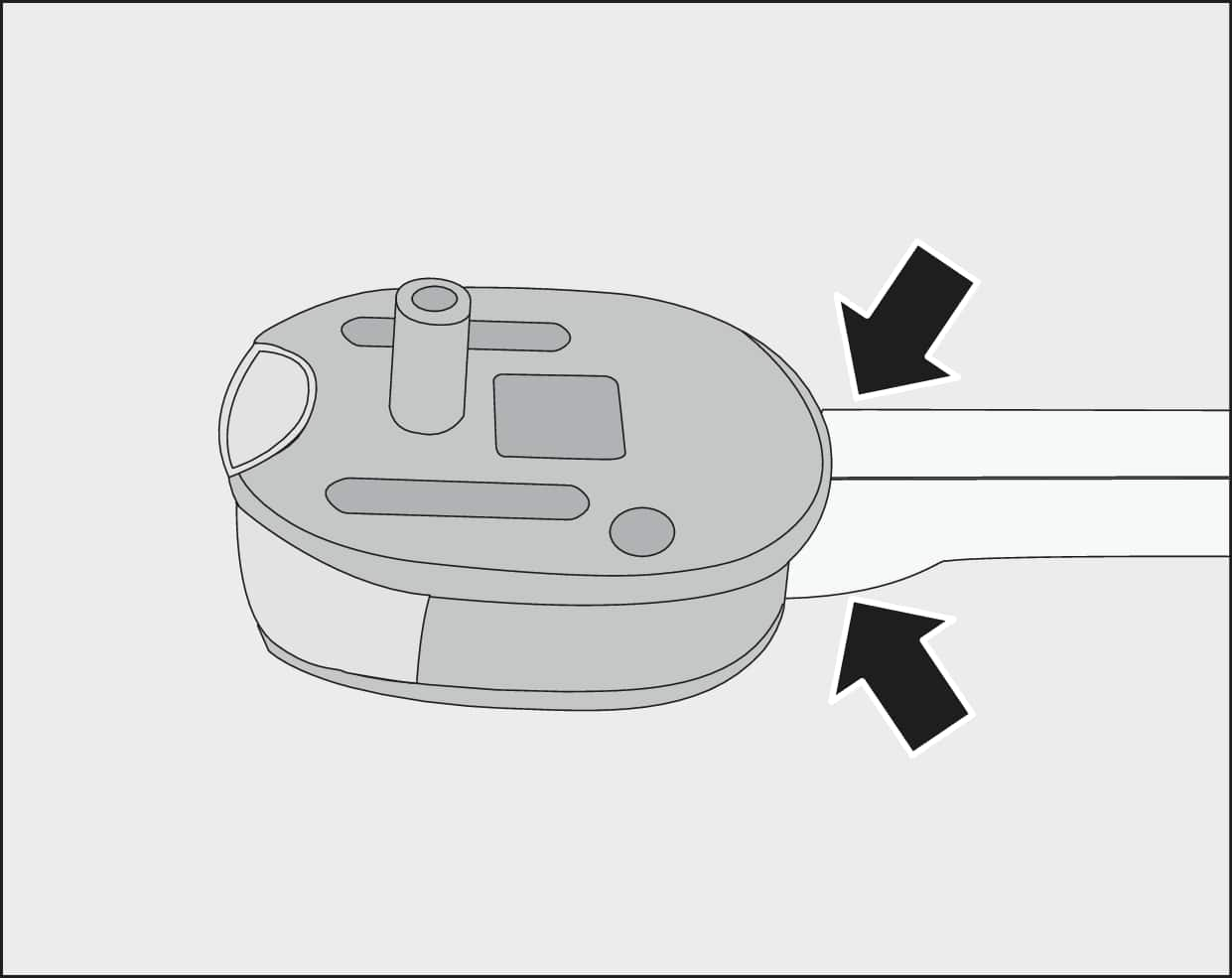
Insert the double hose of the milk pipework precisely into the rinse valve.
Clean the central spout.
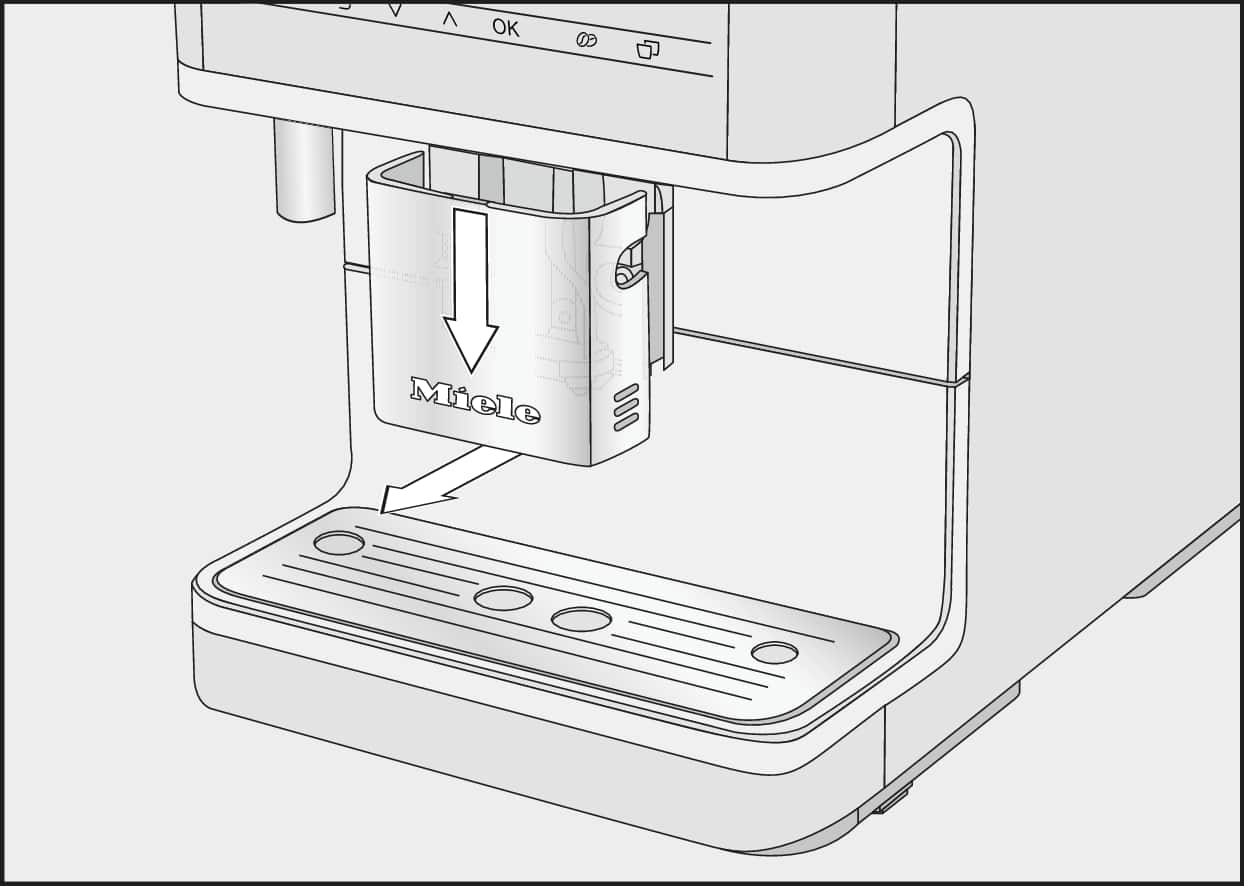
Push the central spout right down and remove the stainless steel cover by pulling it off towards you.
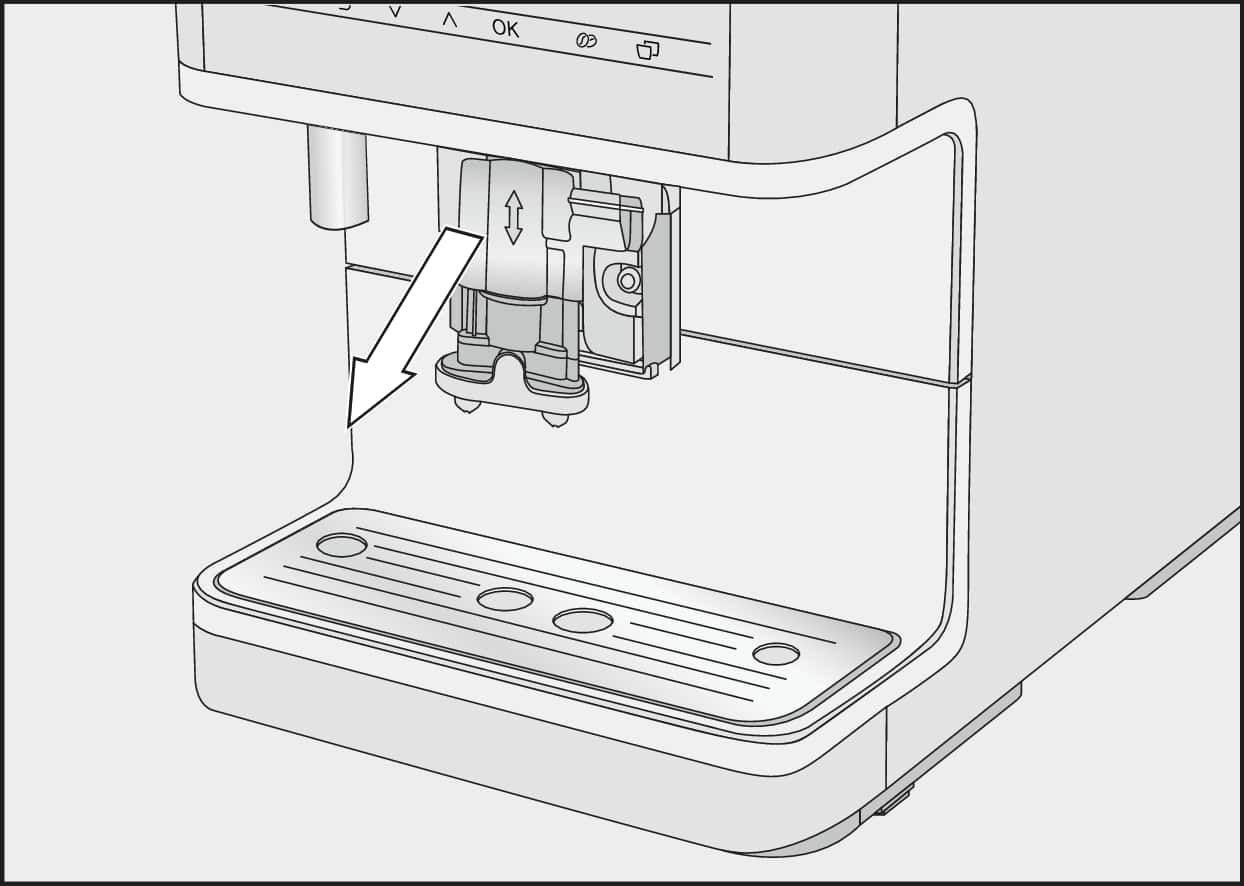
Remove the dispensing unit to the front.
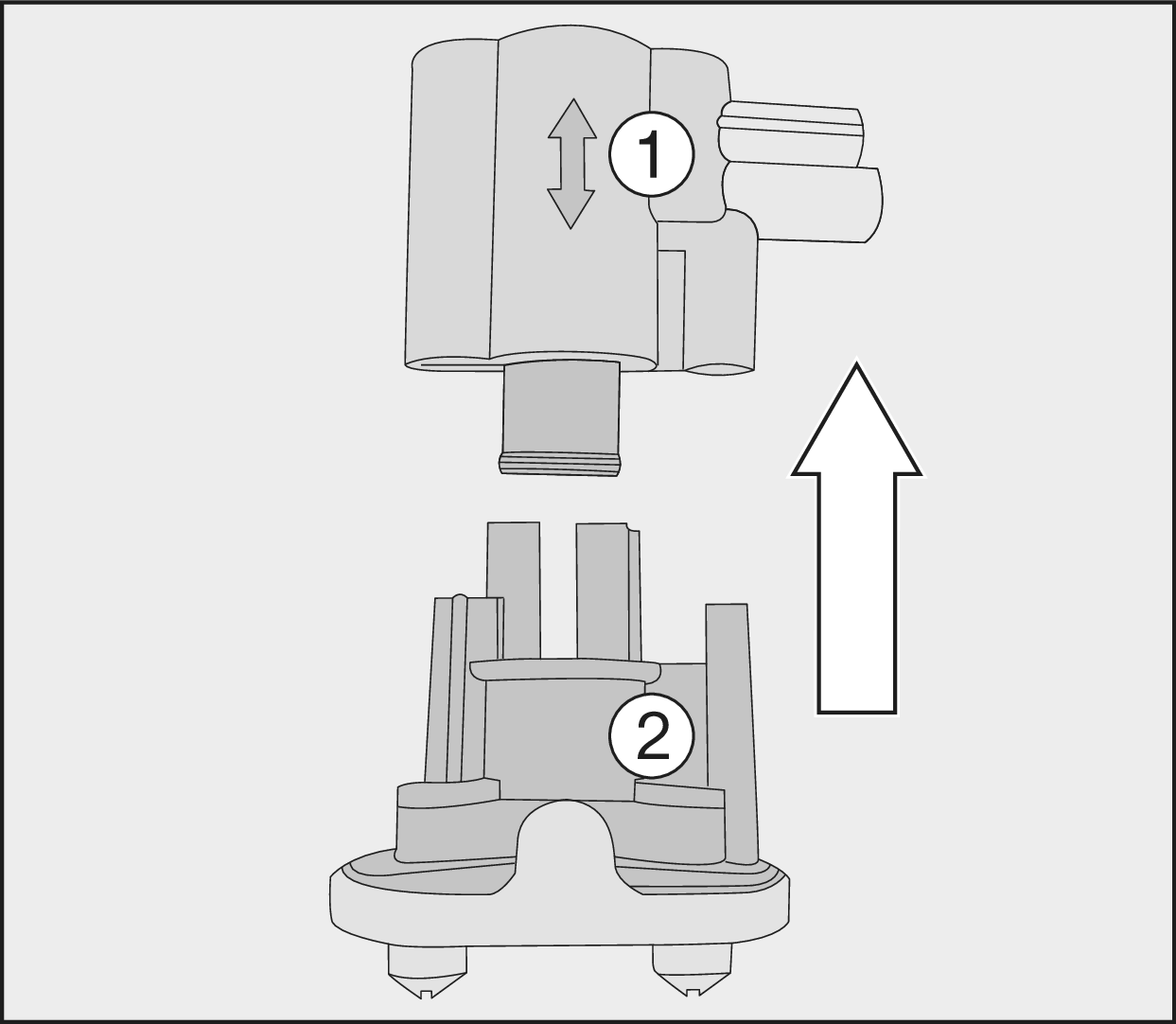
Pull the upper silicone section with the aperture for the milk pipework (1) off the black holder (2).
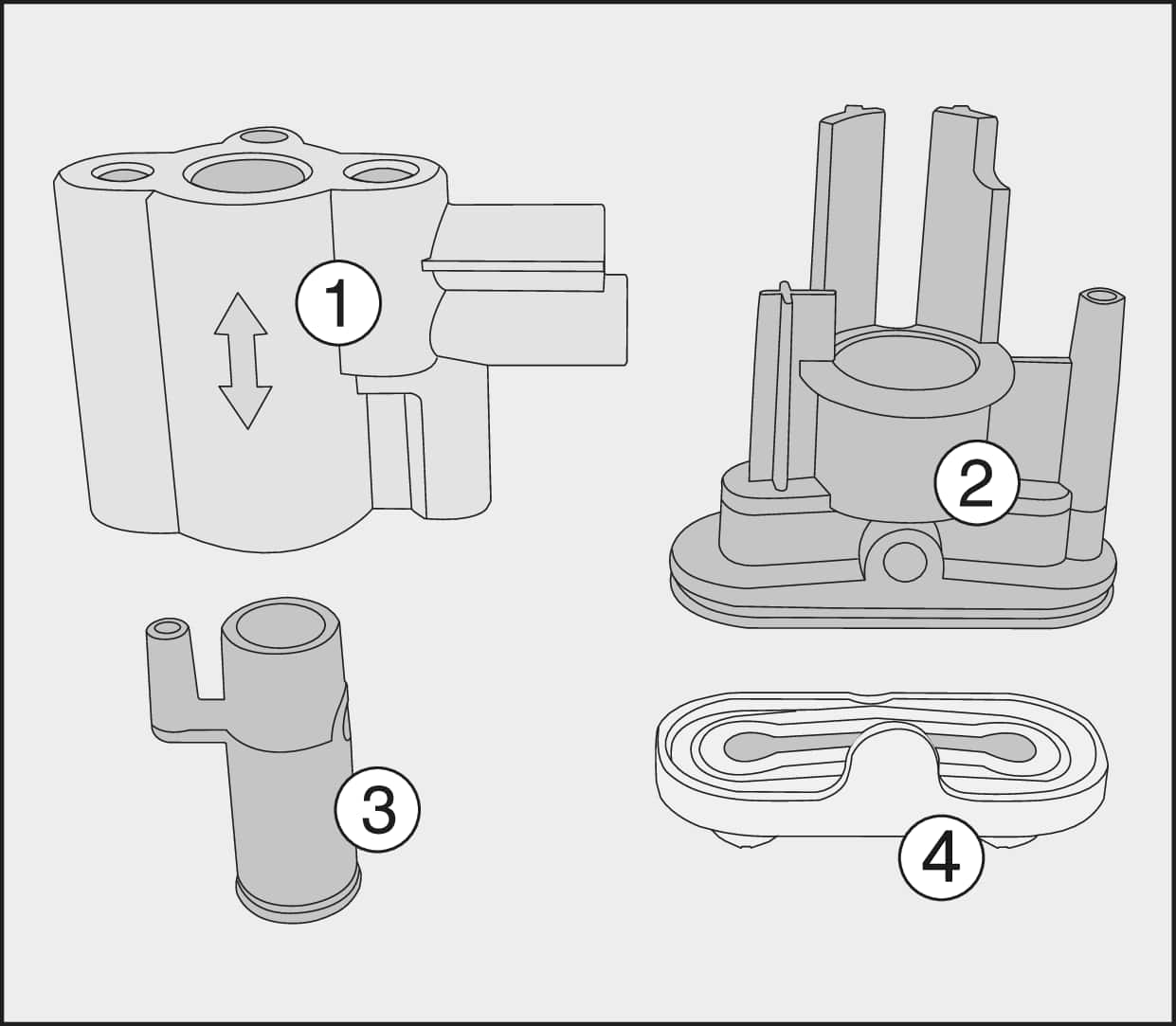
The grey silicone section (1) contains a black, cylindrical component (3). Pull out the black component (3).
Remove the spouts (4).
Soak the spouts (4) in water with a little washing-up liquid for around 1 hour to remove stubborn deposits. Then knead the spouts under running water to loosen any soiling.
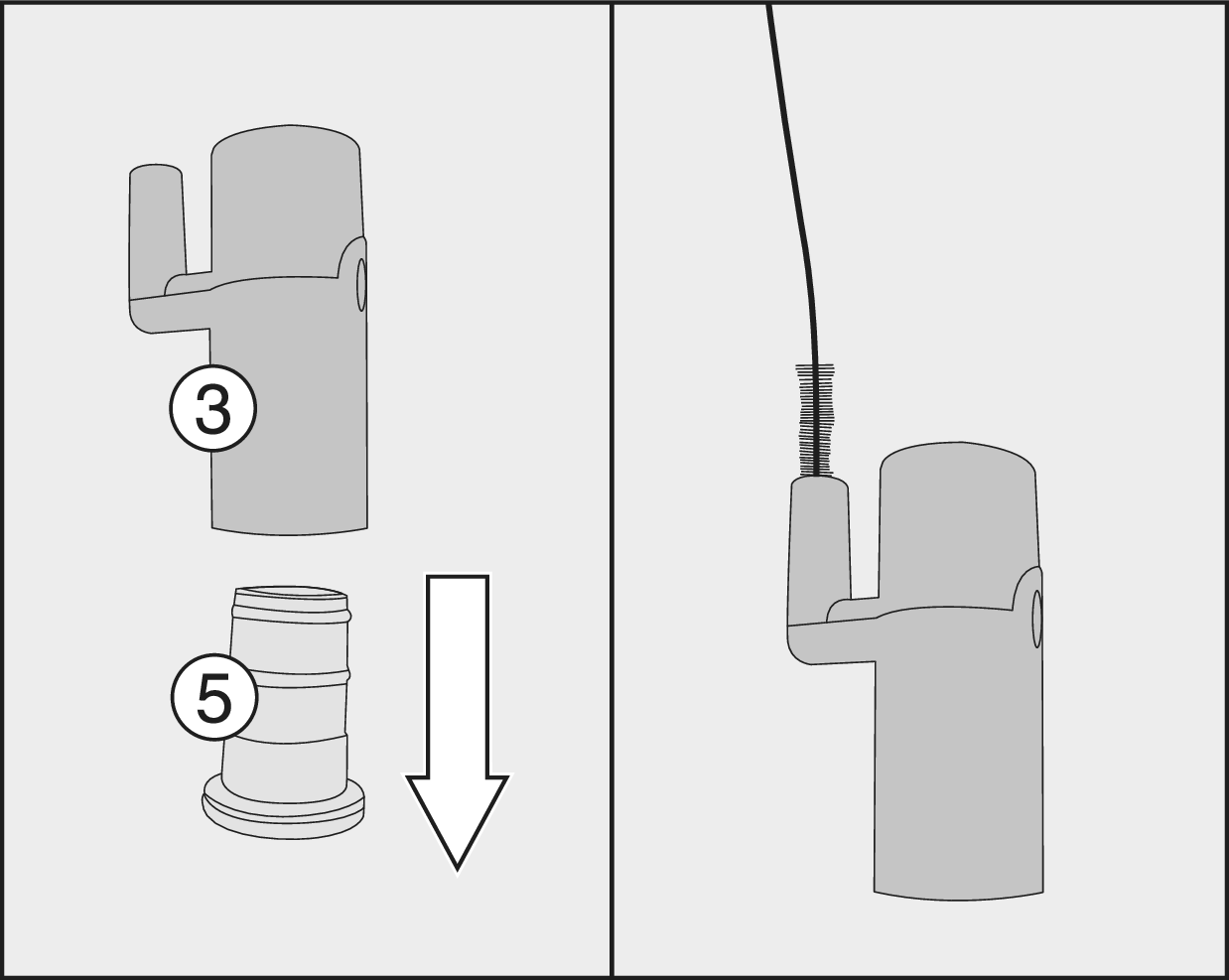
Pull the grey silicone insert (5) out of the black component (3).
Clean the small pipe on the black component (3) with the cleaning brush (see illustration).
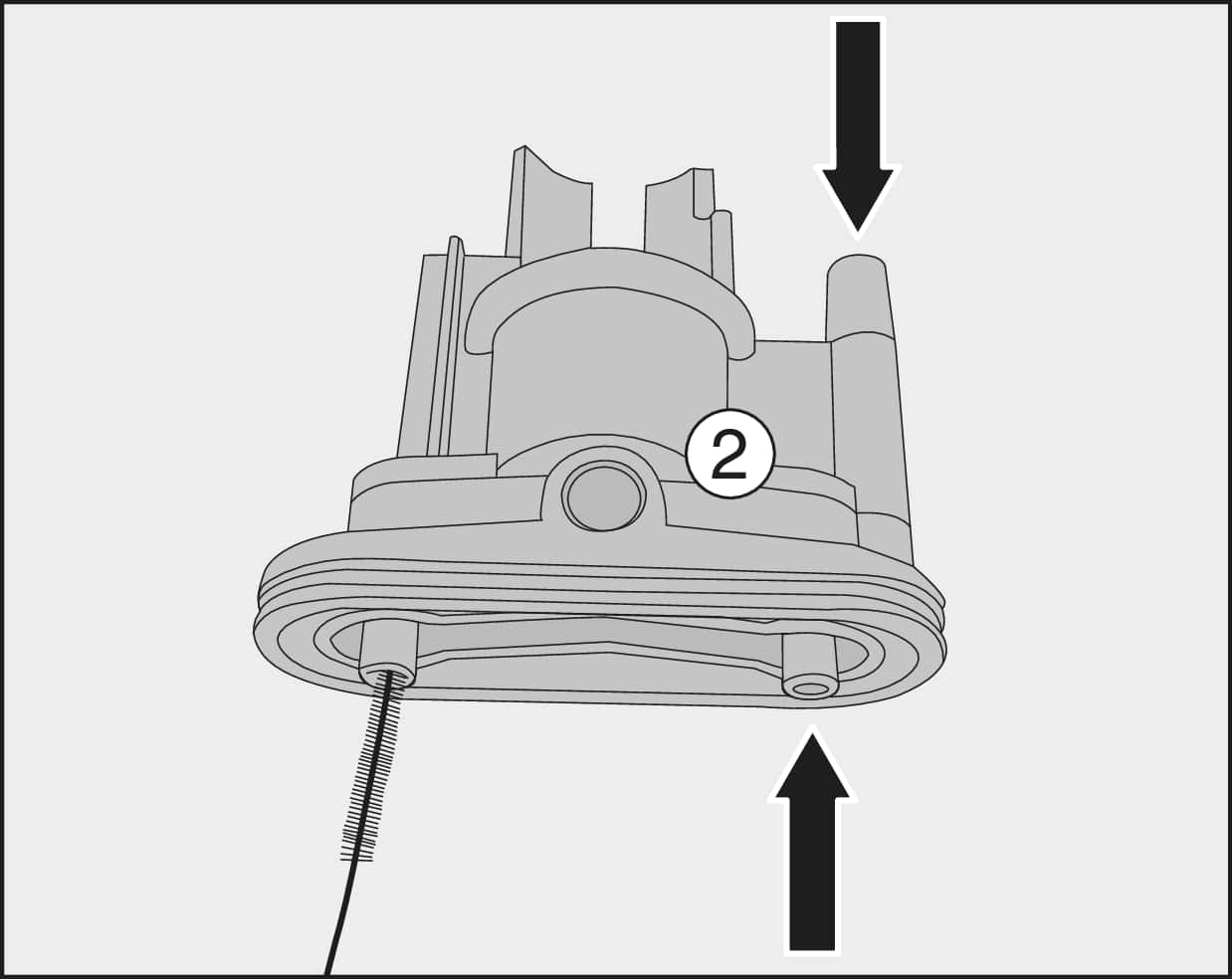
Clean all apertures on the black holder (2) with the cleaning brush.
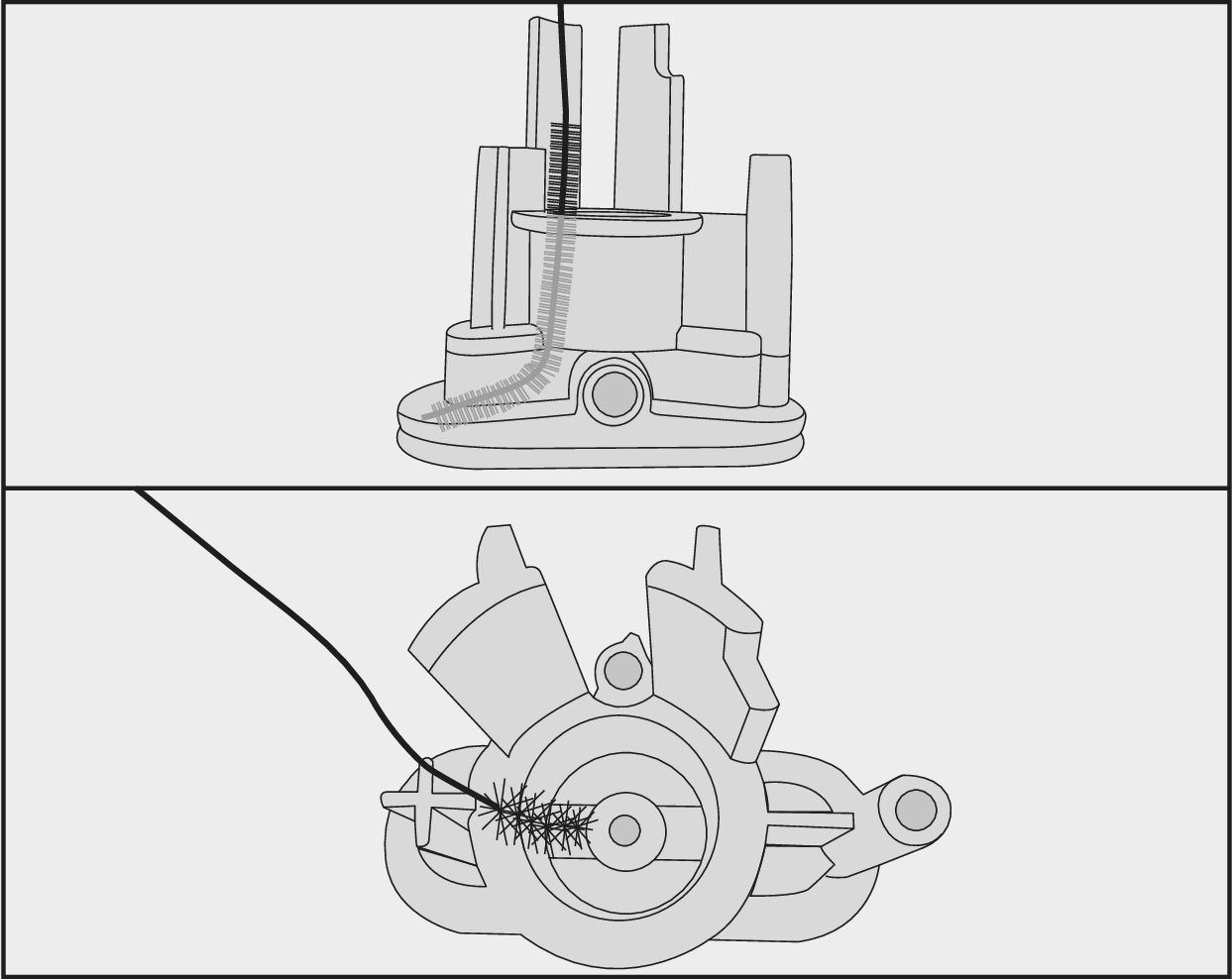
Angle the cleaning brush slightly and clean both spouts.
Clean all parts thoroughly.
Rinse all parts under running water.
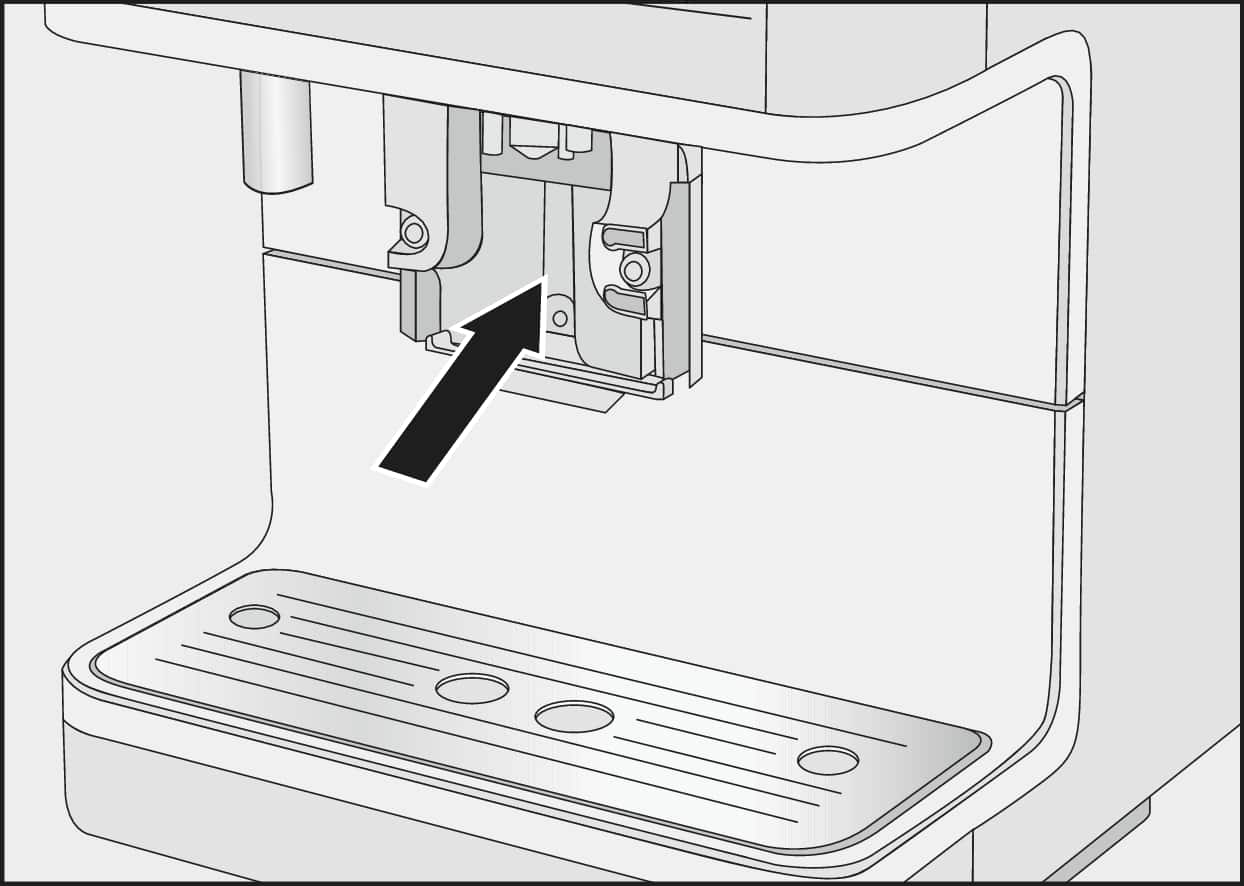
Clean the area behind the central spout on the coffee machine with a damp sponge cloth.
The dispensing unit is easier to reassemble if the individual parts are dampened with water.
Fit the dispensing unit back together.
Push the spouts firmly all the way round so that the dispensing unit is firmly seated in the groove.
Refit the dispensing unit onto the central spout.
Refit the stainless steel cover.
Connect the milk pipework if necessary. Make sure that the seam on the connection of the central spout matches the seam on the connecting piece of the milk pipework (double hose).
Make sure that all parts are tightly connected to one another.
Check whether the central spout has been assembled correctly.
Make sure that all parts are tightly connected to one another.
Clean the steam nozzle once a month.
Push the central spout right down and remove the stainless steel cover by pulling it off towards you.
Remove the dispensing unit to the front.
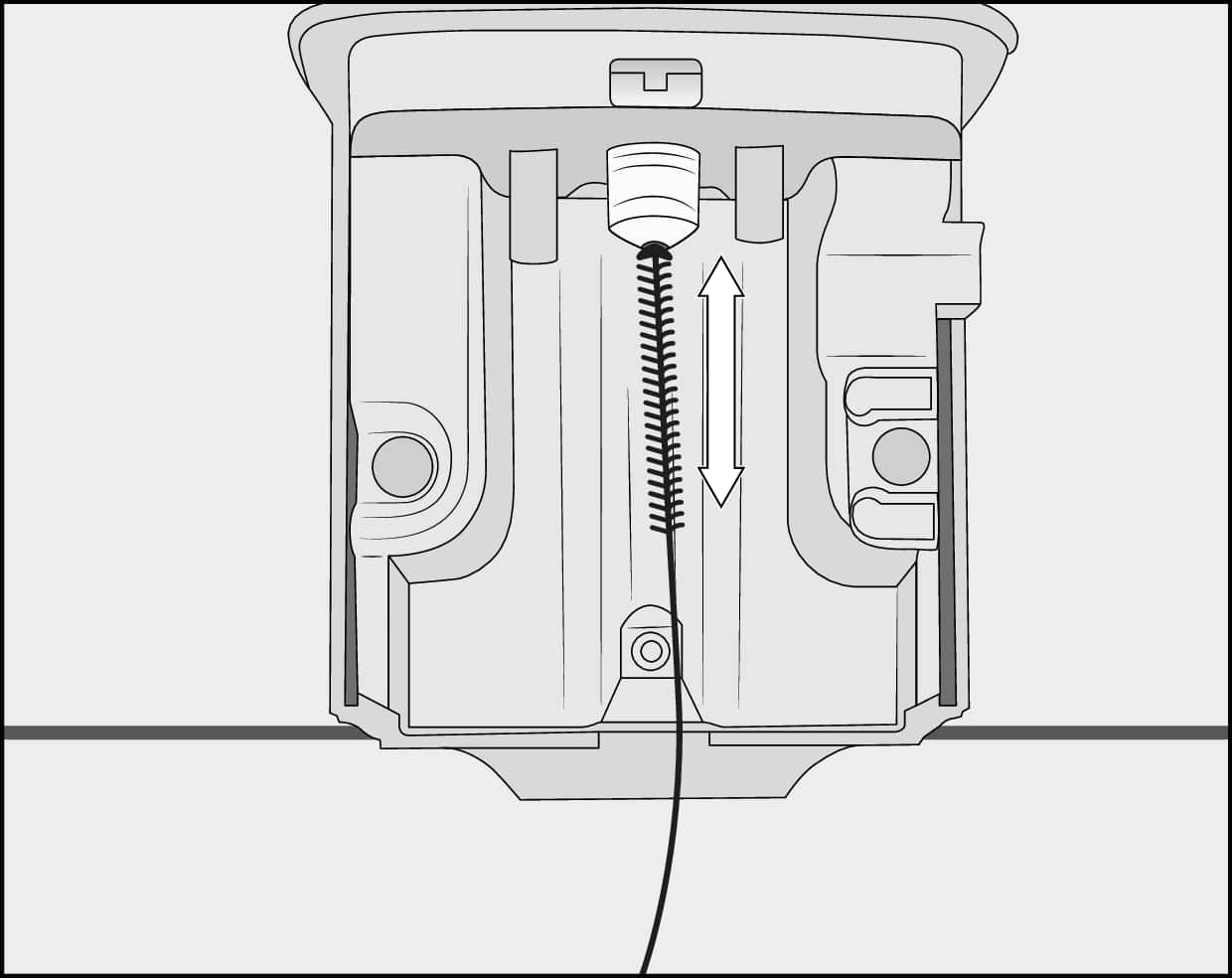
Clean the steam nozzle with the cleaning brush.
Refit the dispensing unit in the central spout.
Refit the stainless steel cover.
Clean the milk pipework and the rinse valve by hand.
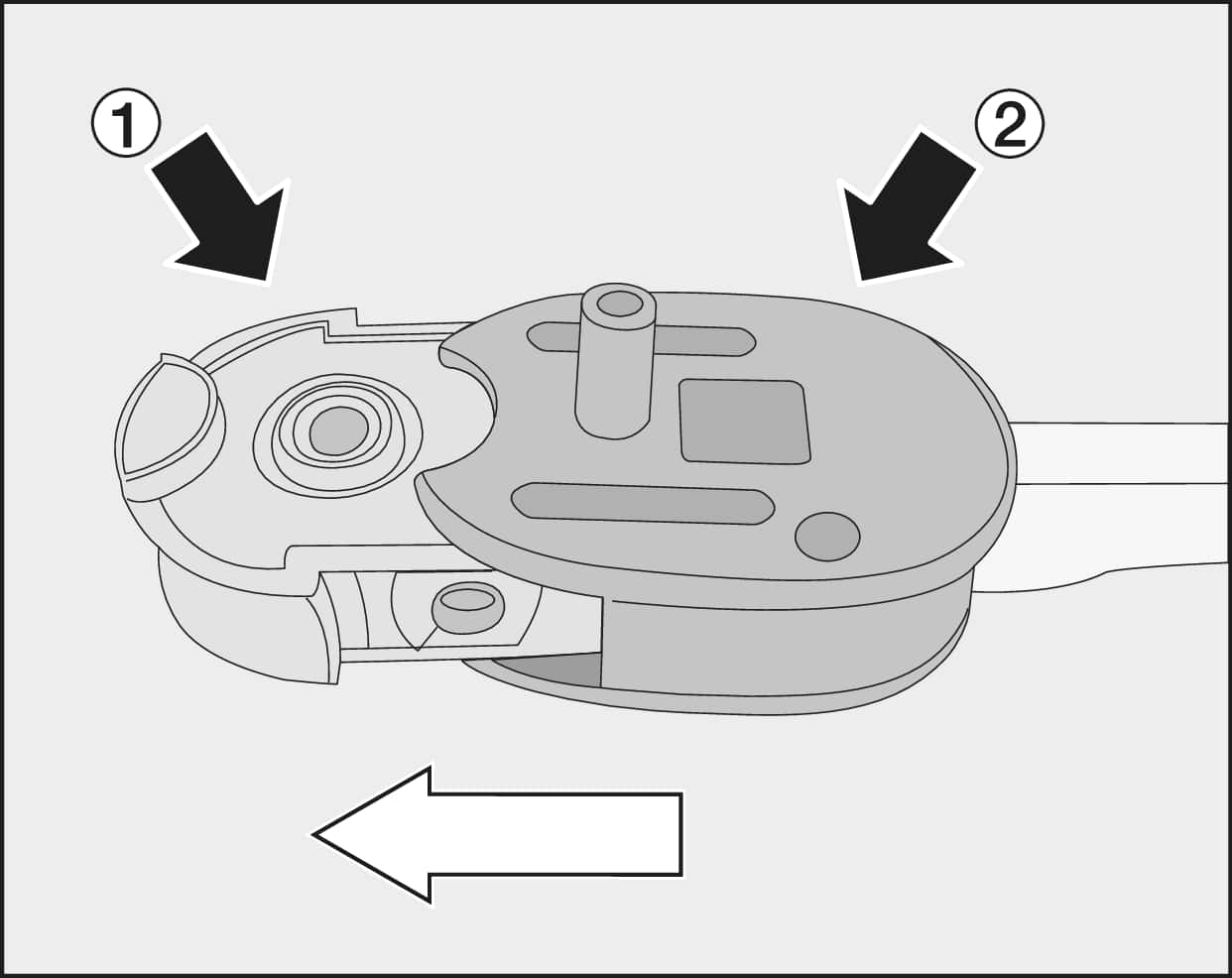
Pull the silicone plug (1) out of the rinse valve body (2).
Rinse the silicone plug under running water. Do not use pointed objects to remove any milk residues.
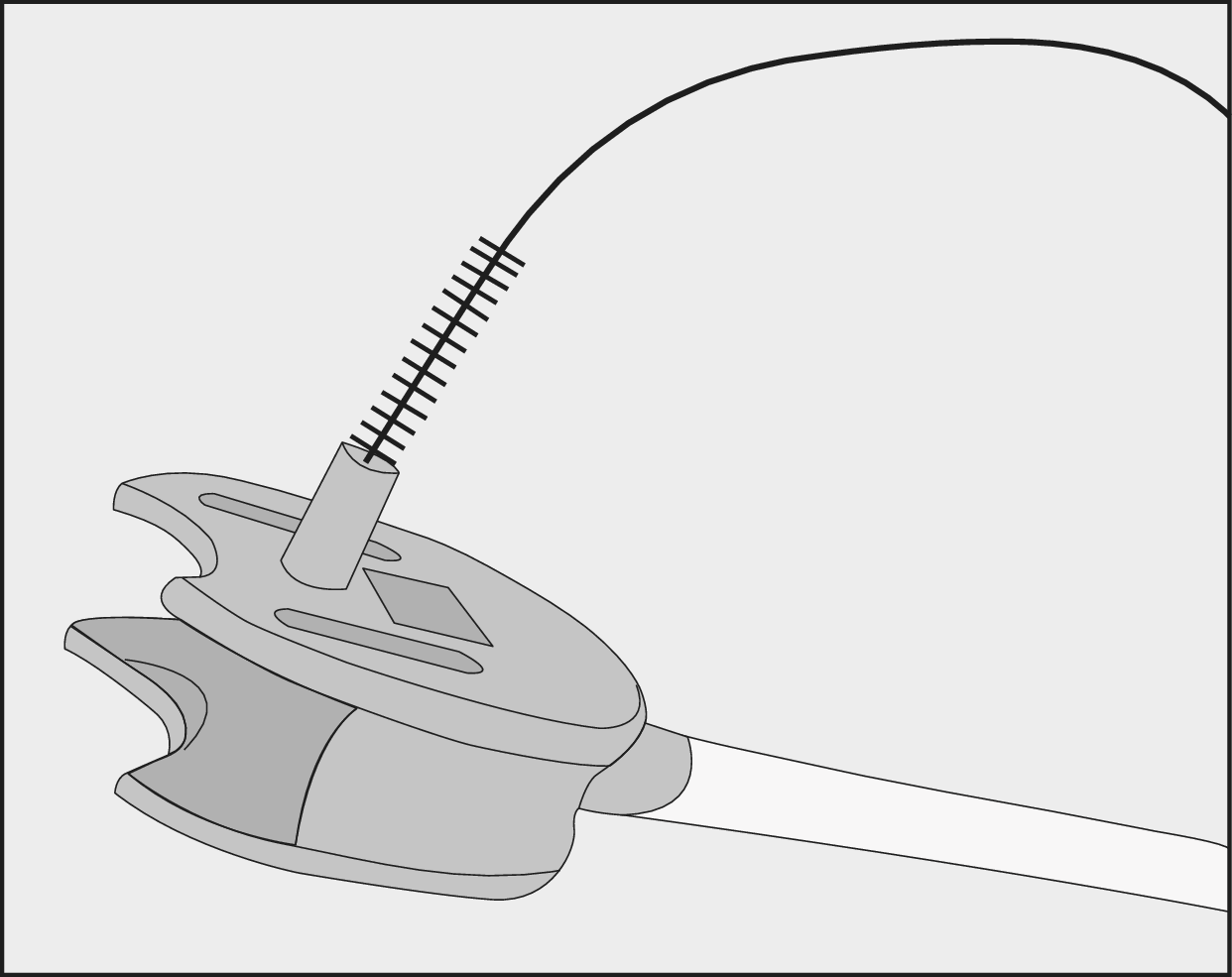
Use the brush to clean the rinse valve body under running water.
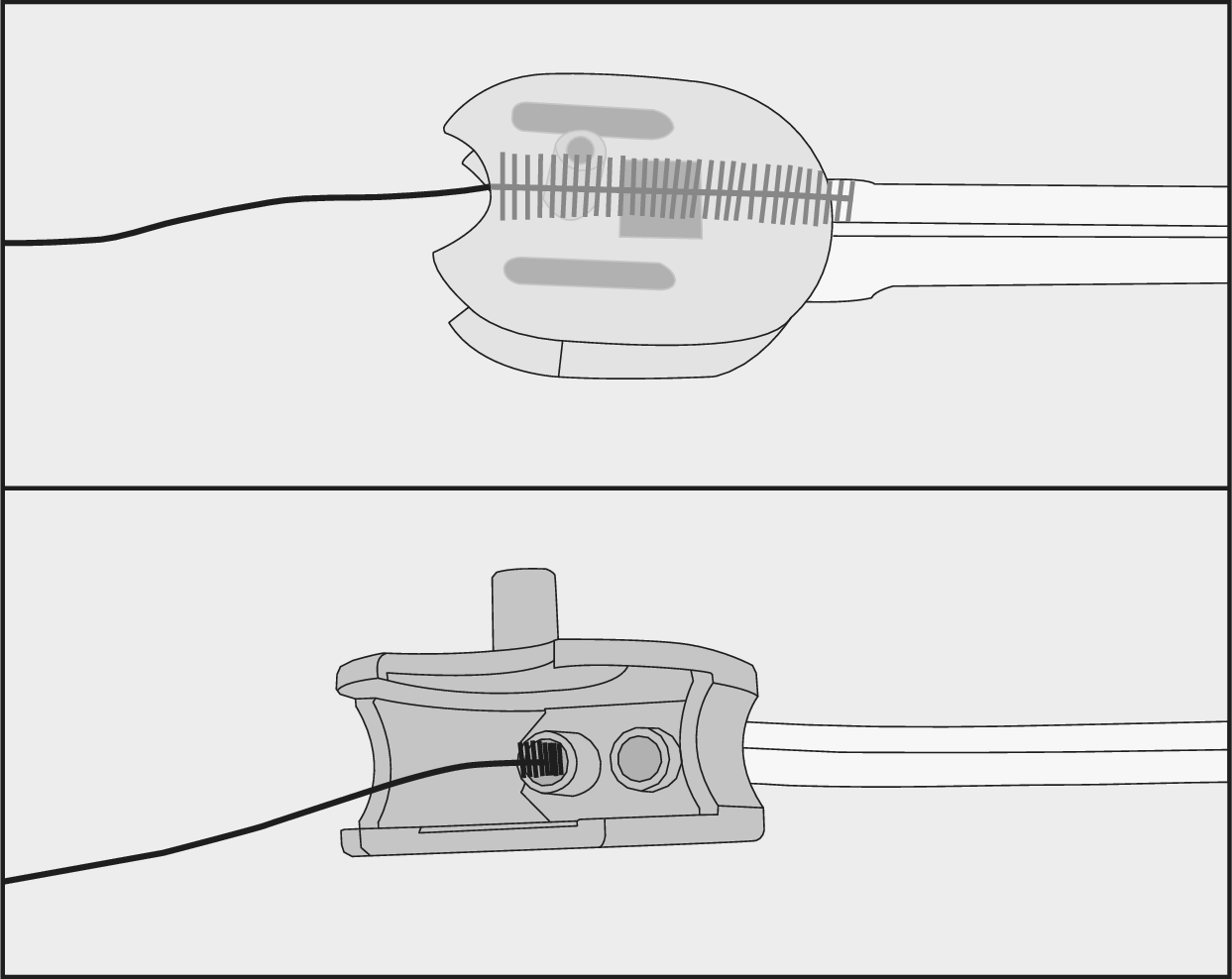
Also clean the hose connections in the rinse valve body. To do this, insert the cleaning brush into both openings and move the brush back and forth.
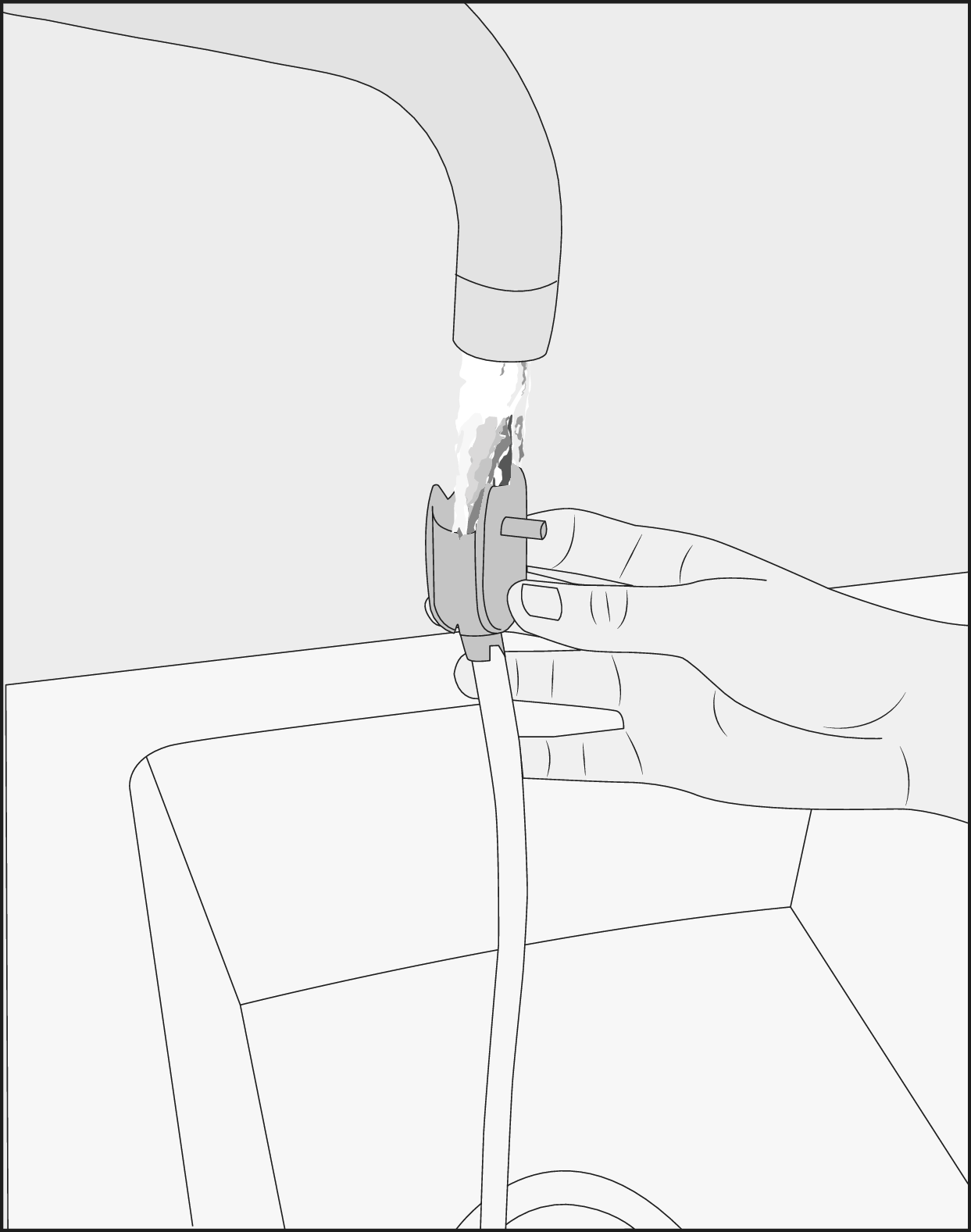
Rinse the milk pipework and the rinse valve body under running water.
Reassemble the rinse valve.
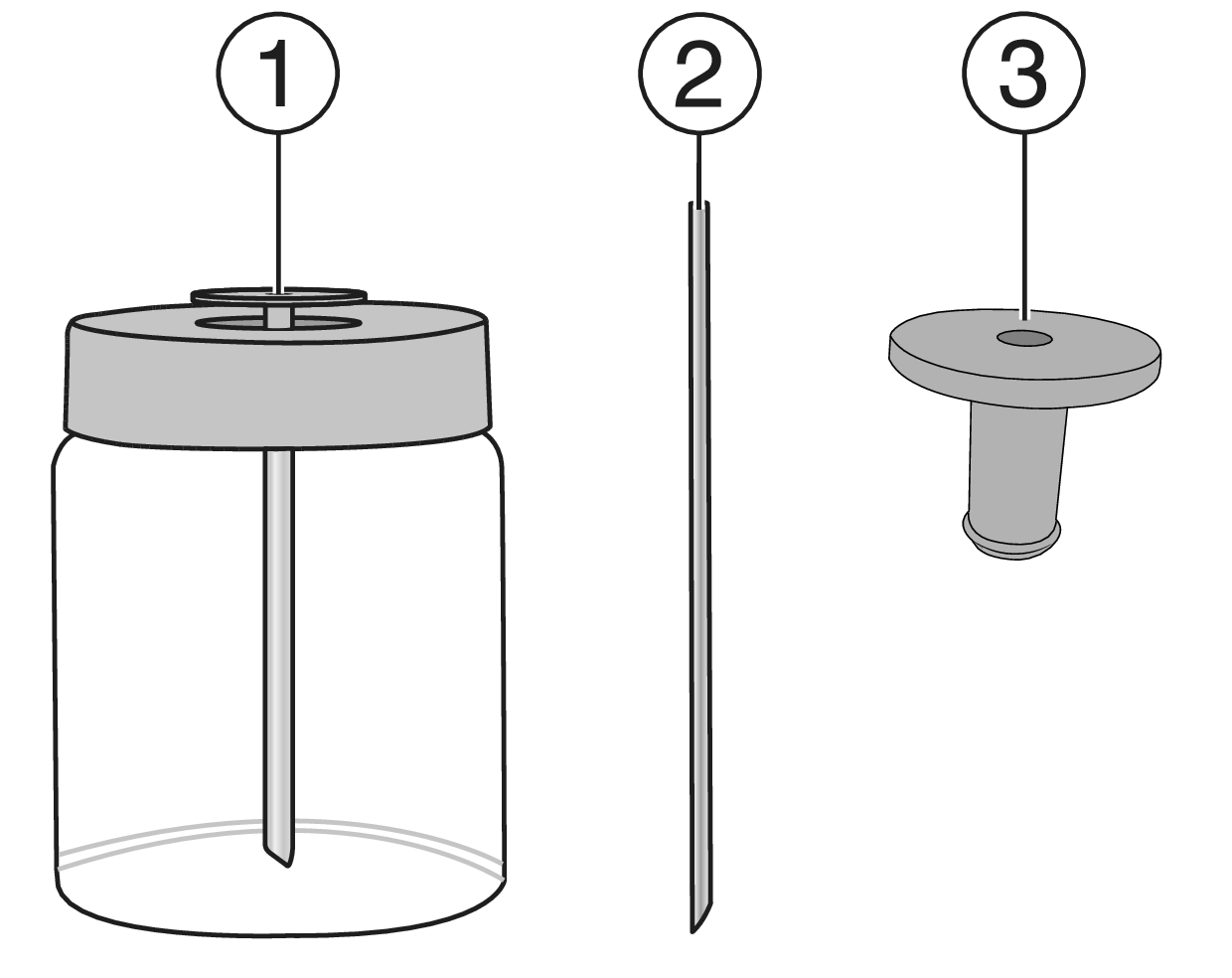
Clean the milk siphon (2) every day.
Rinse the milk siphon under running water.
Pull the connecting piece (3) off the milk siphon.
Clean the parts by hand under running water with a little washing-up liquid.
Dry the parts.
Clean the milk container (1) every day.
Unscrew the lid from the milk container glass.
Remove the stainless steel tube.
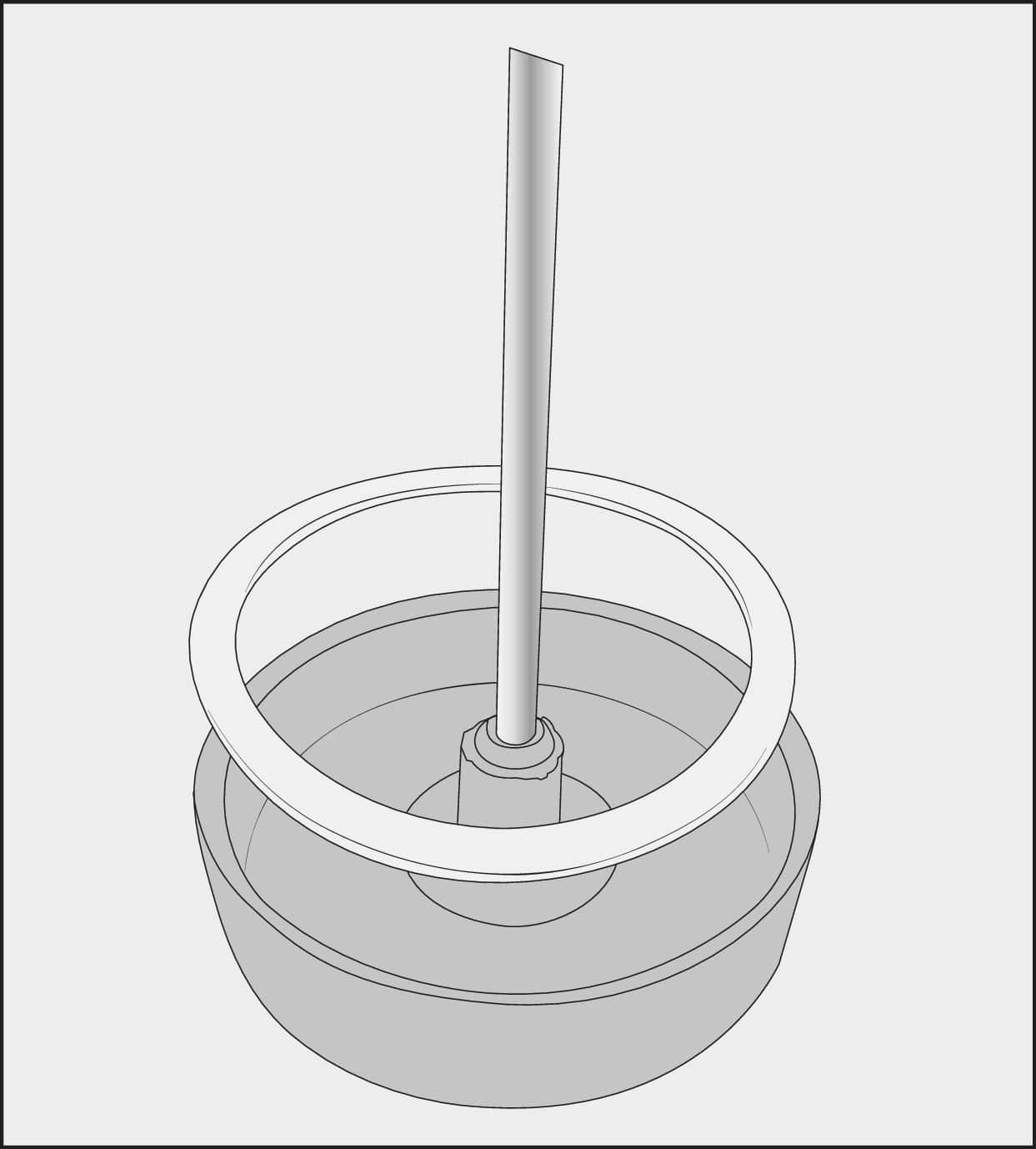
If necessary, you can remove the connecting piece and sealing ring from the milk container lid. Once you have removed the stainless steel tube, the connecting piece is easy to push out from the inside of the lid.
Clean all parts of the milk container by hand using hot water and a little washing-up liquid.
Dry the parts.
You cannot remedy this fault yourself.
Please contact Miele Customer Service.
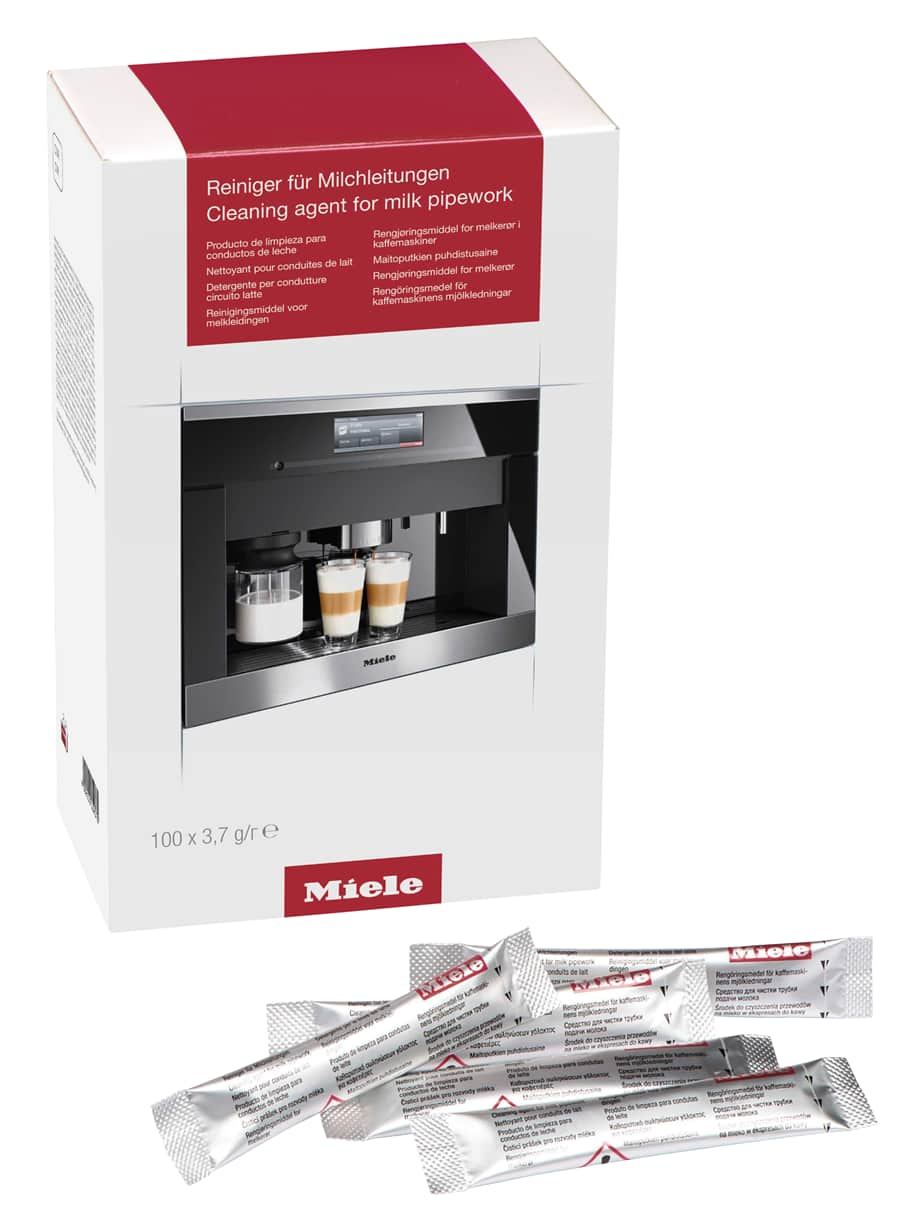
For cleaning results that are effective yet kind to materials, we recommend using the Miele cleaning agent for milk pipework. The cleaning agent removes all traces of milk protein and fat, and can be dispensed easily and safely using the pre-portioned sticks. Excellent care for many years of reliable service.
